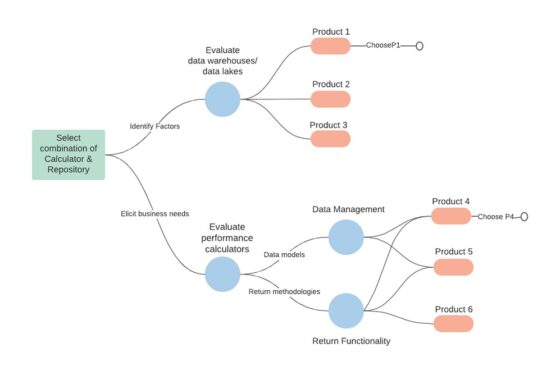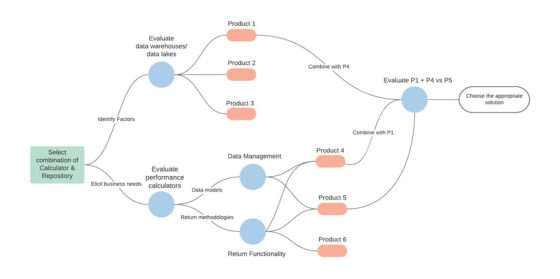As the famous author Oscar Wilde once said, “The answers are all out there, we just need to ask the right questions.”
This concept can be applied to the broad world of consulting. All consulting firms, regardless of size, are tasked with fulfilling a client’s business objective. They provide requisite guidance and pertinent information at critical decision-making points. However, in a crowded market with many options to choose from, how can you be certain you have the best consultant for the job? It comes down to asking the right questions and understanding your needs. Here, we explore the unique value-add of a niche consulting firm.
VALUE DEFINITION
A common inside joke in our field goes like this: Consultants come in various shapes and forms, but they all speak the same language. There are broadly two levels at which consultants operate: Corporate strategy and operational strategy. Corporate strategy consulting companies are typically large, consolidated firms that provide cross-industry expertise and market penetration advice. Their primary objectives involve establishing firm-wide initiatives and assistance towards exploring unchartered areas. Some examples are brand positioning, venturing into new customer segments and process realignments.
Operational strategy consultants, on the other hand, are relatively smaller companies that possess subject matter expertise at the business unit level. General management principles that reap rewards at the corporate strategy level may not necessarily achieve similar benefits at the business division level. Bespoke solutions that rest on a combination of market expertise and specific business unit know-how guarantee higher levels of project success.
Accordingly, there are several players in this area. While cost is certainly an important consideration — efficiency, system consolidation and scalability concerns are primary drivers on operational projects. Here are three key areas where niche consulting firms make a meaningful contribution:
a) Structure of teams and roles – Process optimization through consolidation and sequencing
b) The right tools – Appropriate and diverse selection of vendor products that suit your needs
c) Proper implementation – A tried-and-tested set of best practices for implementation
A REALISTIC EXAMPLE
Let’s illustrate the power of specialized knowledge in a scenario where a team must complete two key tasks: Identify the right data repository solution and select a performance calculator.
Corporate strategy firms with little knowledge of the tools and system architecture implications typically employ a top-down decision approach as shown in Figure 1. As a result, Product 1 and Product 4 will be chosen as the respective calculator and repository. Product 4 and Product 5 were close contenders in the calculator selection, but Product 4 eventually stood ahead.
Figure 1: Top-Down Decision Tree
 Source: Meradia
Source: Meradia
For a moment, assume that Product 5 has significant data warehousing capabilities but still less than Product 1. This information is unavailable in this scenario and can change the course of the project outcome. As such, the advantages of top-down decision-making are further accentuated with a bottom-up information aggregation approach. Niche consulting firms possessing this “secret sauce” are better equipped to augment appropriate information at various points in the decision tree. Specifically, a solid understanding of product functionalities from the outset can prevent considerable roadblocks in the future.
Incorporating a blended approach to decision-making can result in different yet more efficient outcomes, as shown in Figure 2. Here, the top-down tree is replaced by a random forest that houses independent decision trees. When combined, they create a more accurate, stable outcome.
Figure 2: Random Forest
 Source: Meradia
Source: Meradia
If we were to extend Oscar Wilde’s argument to this example, we learn that posing the right questions at the appropriate level yields maximum benefits.
HOW MERADIA CAN HELP
As a niche consulting firm, Meradia utilizes both top-down and bottom-up decision-making to achieve the best possible outcome for clients. During the initial phase of a project, we will evaluate your business’ needs and cross-reference a variety of solutions. Ultimately, the most effective implementation and strategy projects are those that can be customized to your needs.
Download Thought Leadership Article Strategy and Roadmap, Vendor Selection Front Office & Portfolio Management Asset Managers, Asset Owner Jose Michaelraj info@meradia.com
info@meradia.com


